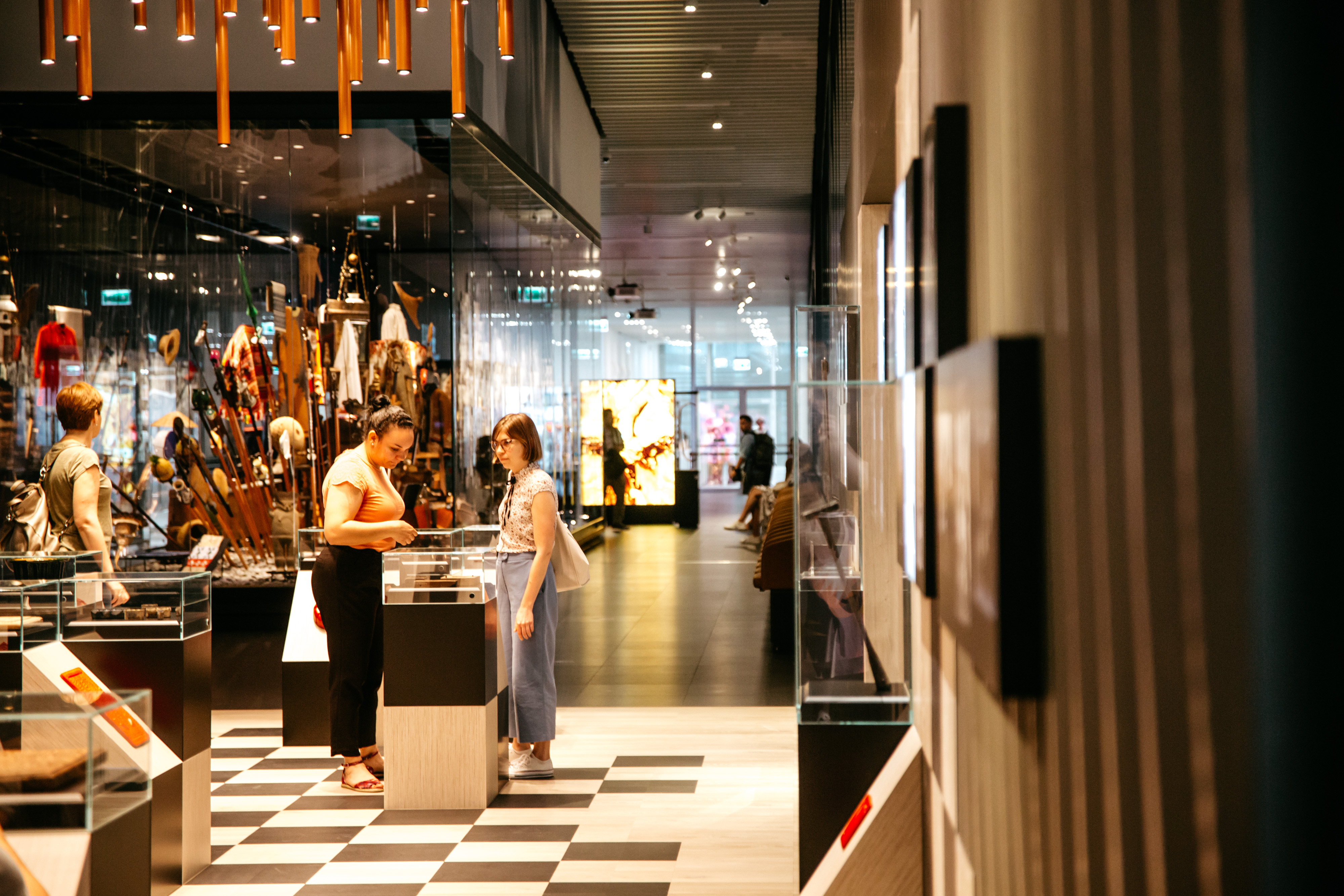It seems that we visit the new Museum of Ethnography almost every week, with fascinating exhibitions opening one after the other in the exciting new building. After Ceramics Space, now comes ZOOM.
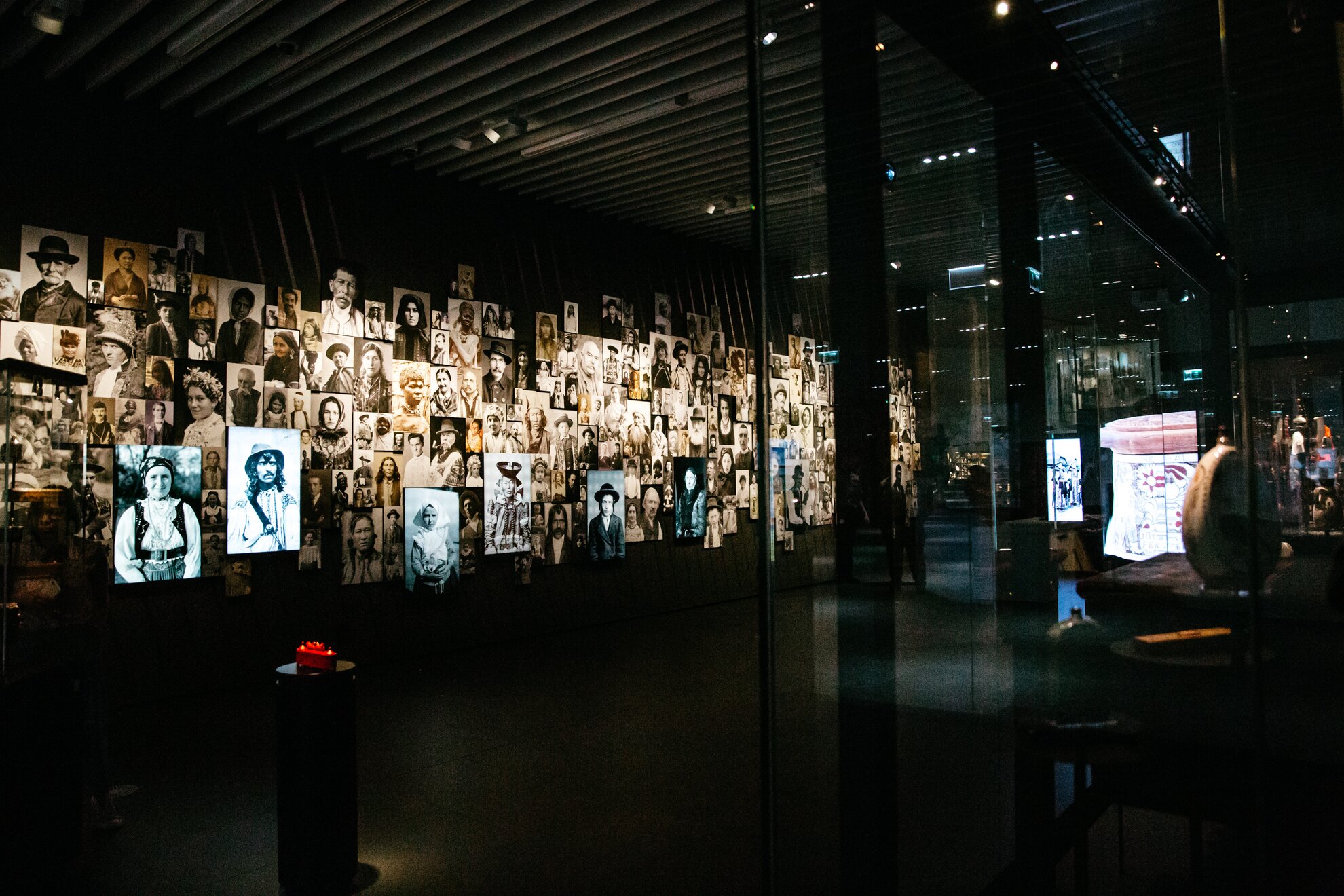
ZOOM has an fundamental connection to the collection exhibition, expected to open next year, when the data related to each piece will play a greater role. Here, the emphasis is more on emotions and appearance.
Since the visitor is entrusted with the order in which they venture through the spaces of the museum, ZOOM’s different points of view, zooming in or out of the objects, can be a great conclusion or the introduction to the exhibition. Around the 500-square-metre room, you are encouraged to look at the museum objects in a different way and to develop a personal relationship with them.
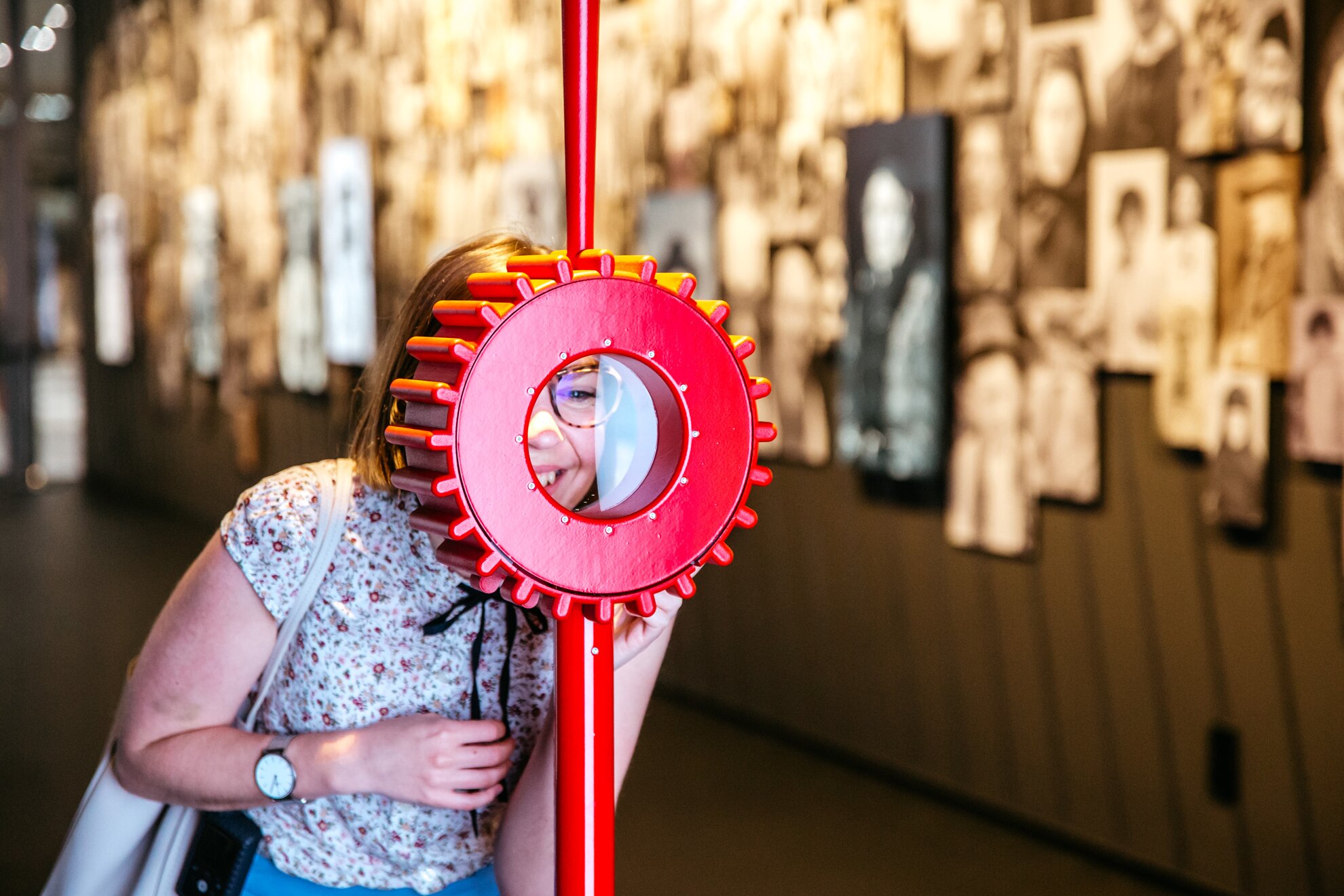
Red for interaction
Those who would like to view the exhibition in a more traditional way
will not feel left out either, as near the displays you can read about the
background history of the individual pieces and other museum data with the help
of QR codes, but the exhibition rather encourages you to interpret it yourself
and find points of reference between the between objects. According to the
basic concept, the exhibition is built around 14 pairs of conceptual opposites
(many-few, small-big, acceleration-deceleration, static-dynamic), and these objects are brought even closer by witty animations. Red doesn’t mean forbidden
here, rather it signifies the most interactive parts of the exhibition. You can
open a trick razor, pick up a mould for decorating cheese, watch the stories
decorating horn-shaped salt shakers come to life on the screen, and take part
in other exciting experiences.
Entering the exhibition, you see a spectacular wall of portraits, 365
different faces, old and young, Europeans, Asians, Africans, men and women,
looking back at you. You know nothing about them, yet they captivate, you become
more and more curious about who they could be.
Fortunately, you won’t be left in
doubt for too long as there’s a telescope in the room that allows you to find
out who is depicted in most of the photos. In this way, the geographical
diversity of the museum collection and certain aspects about the person using
the objects, appear at the same time.
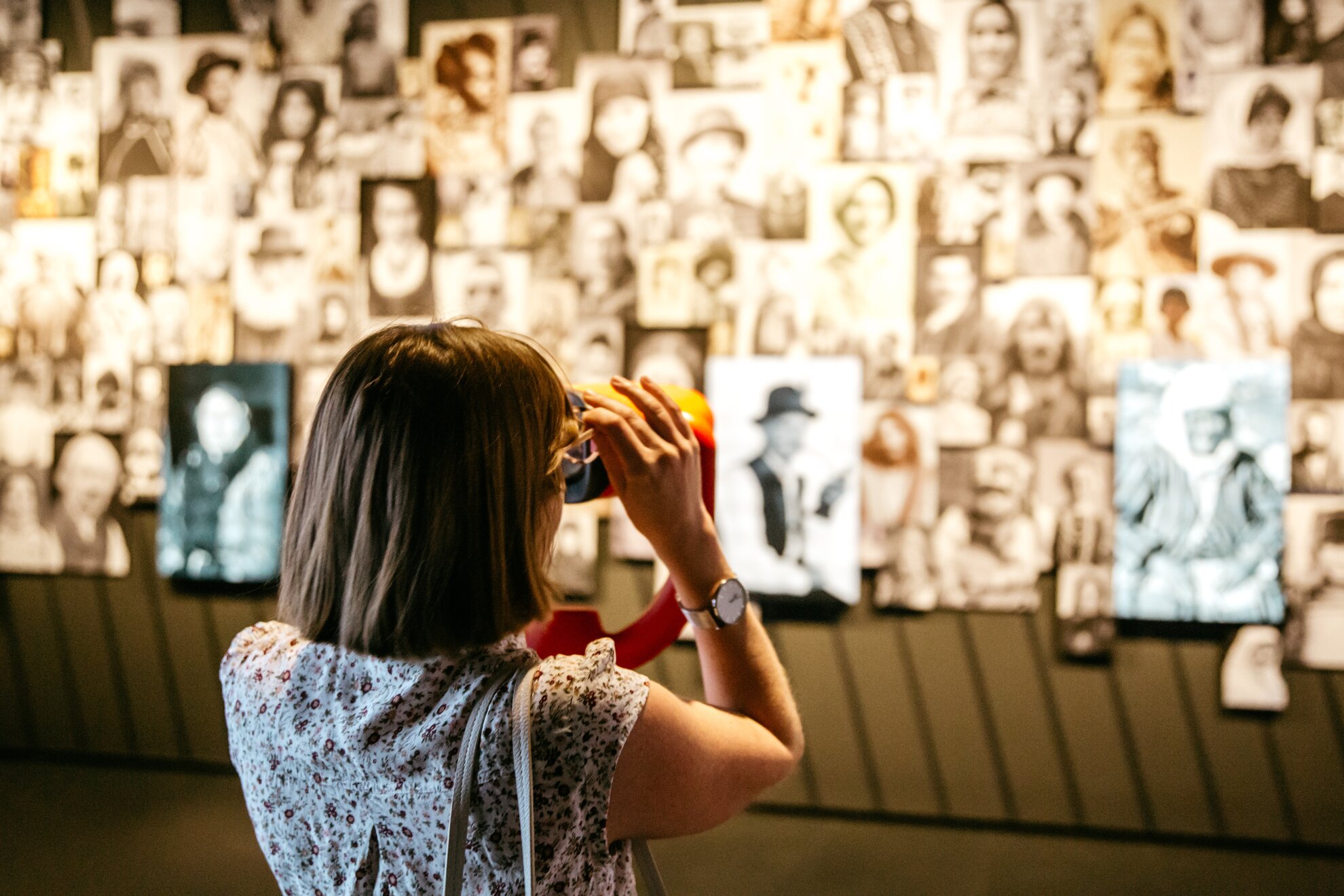
Opposite the photo wall, you find objects with various inscriptions, and a little further away, a spectacular display case can be seen. At first glance, it looks like a map, but on closer inspection you realise that that you’re looking at fire strikers. 430 of the museum's 450-piece collection are exhibited here. Moving closer, you see that the function only marks the shape in larger lines – in fact, each object is a little different from the other.
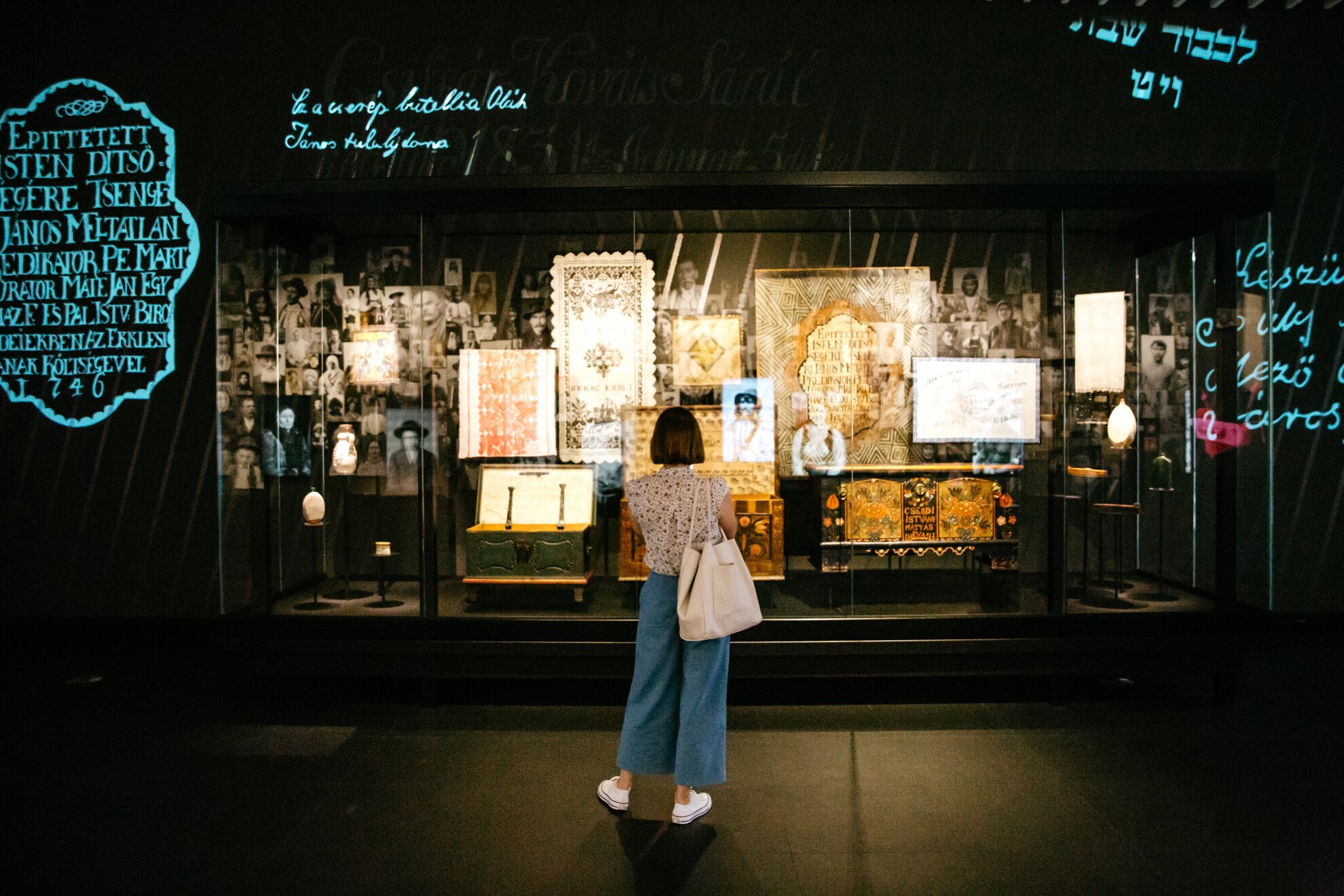
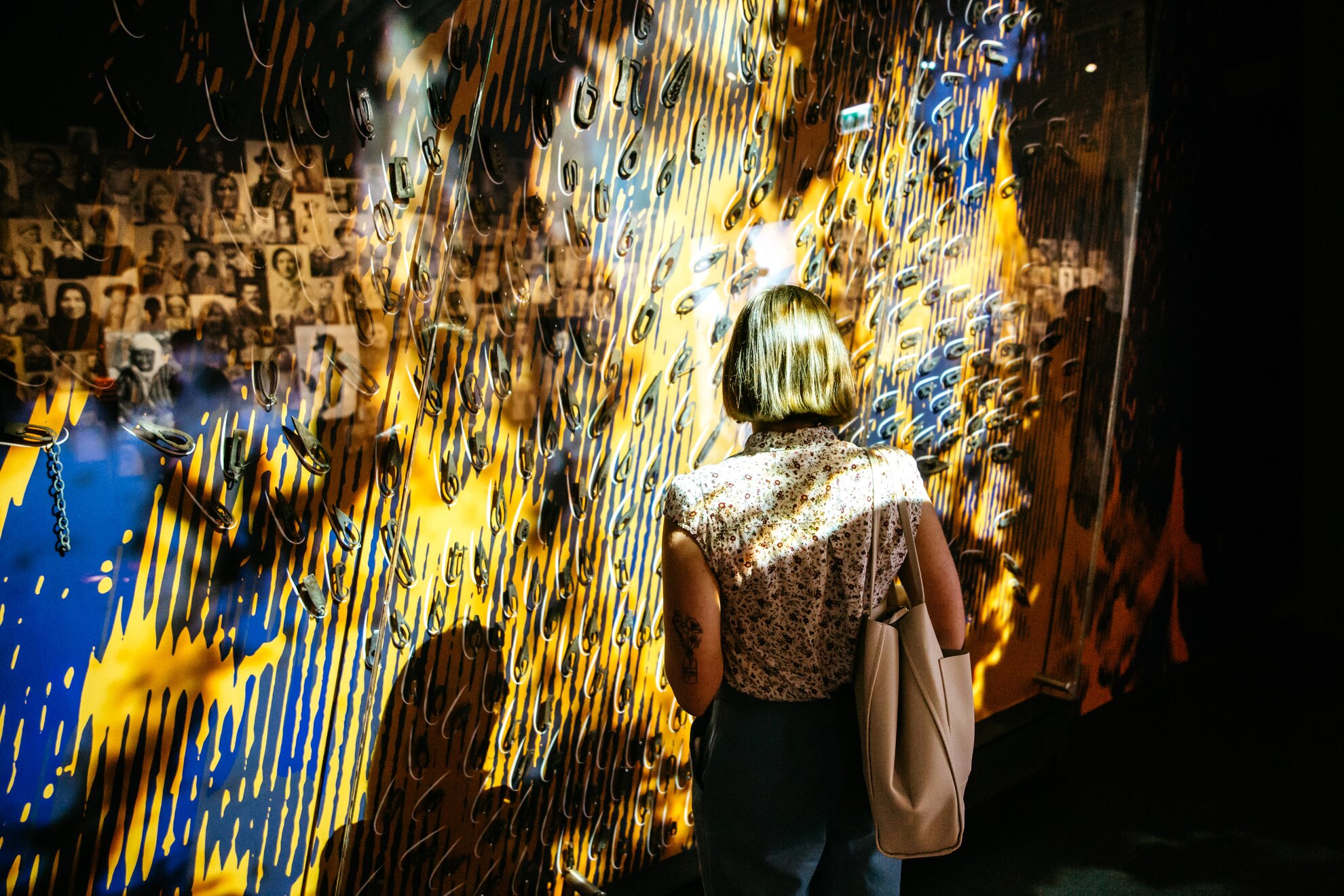
The Big Bang display case is interesting, its shape showing to the state in which the multitude of objects come into the museum before organisation takes place. In this mixed company, an embroidered peasant’s jacket or tribal drums can fit alongside a typewriter or a bicycle, since the collection includes everyday items from all kinds of cultures.
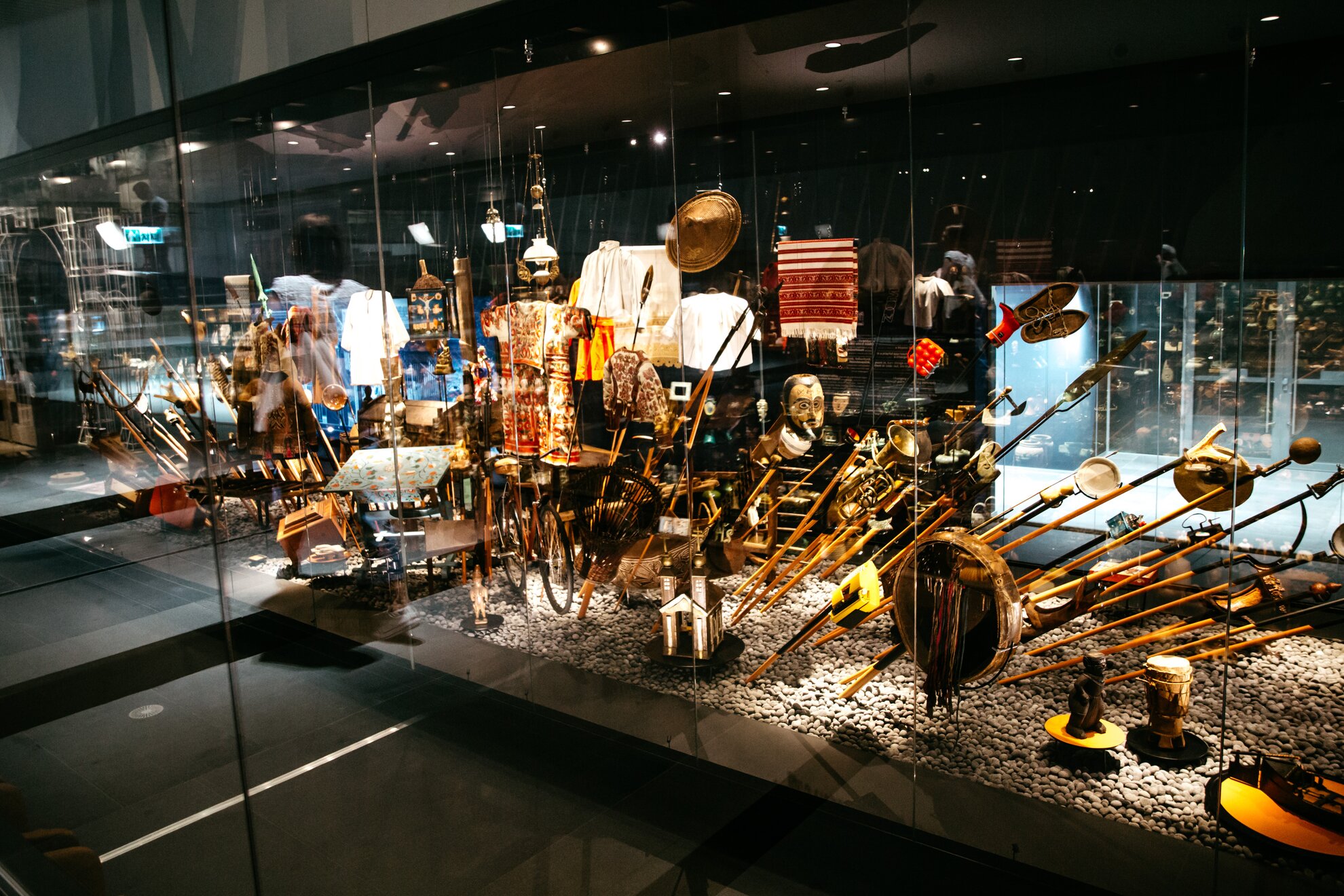
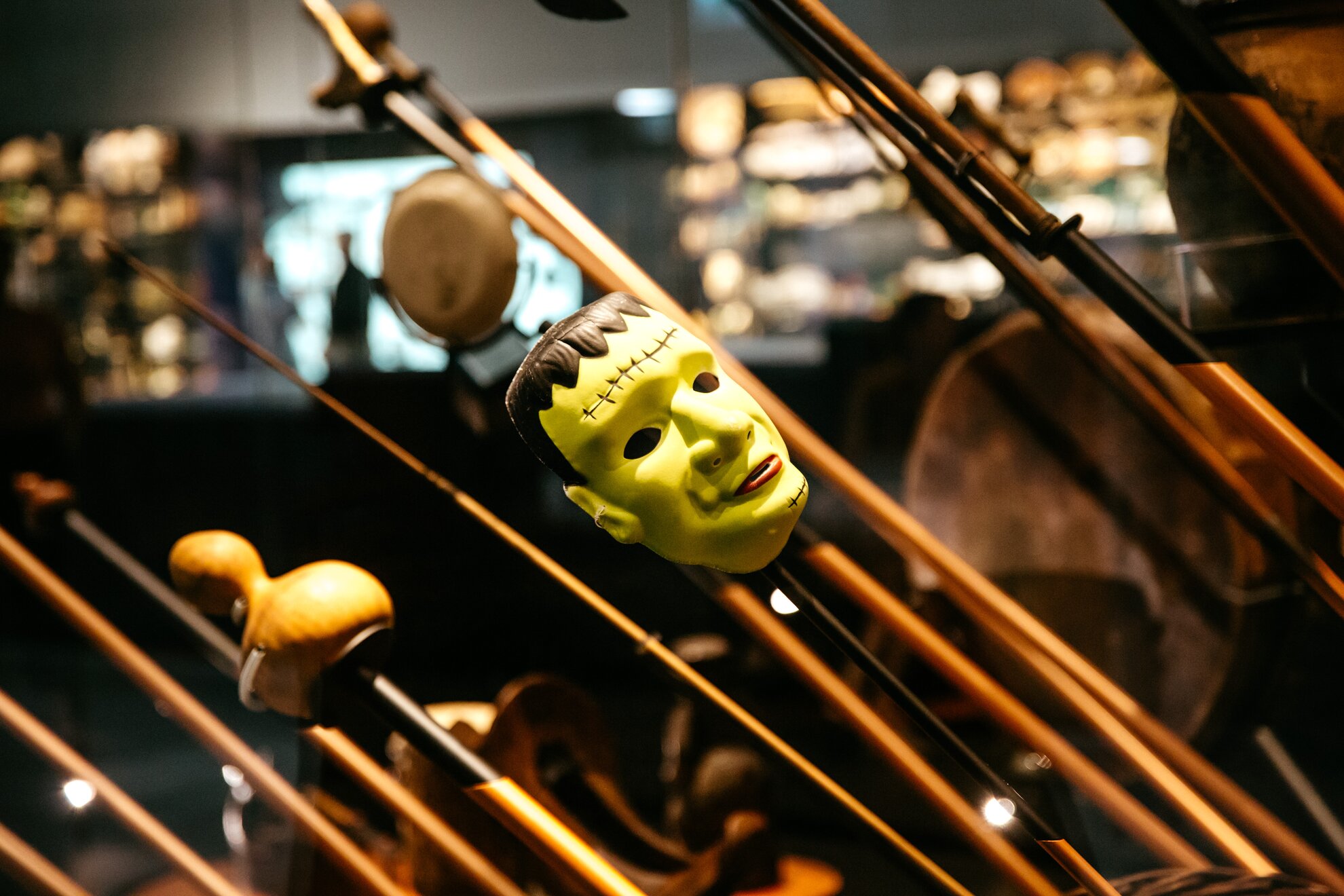
Behind the glass, the large-scale installation also draws attention to
the importance of the professionalism of the collection. With the help of the
pairs of opposites, in part or as a whole, it gives concrete examples of how a
slice of the past can be reconstructed with the help of a single beam and the
background knowledge acquired about the object, such as a Székely gate in
Mikhaz, built in 1673.
This part of the exhibition also clearly shows how
certain elements of ZOOM interweave with the rest of the museum's exhibitions, the
Székely Gate also appearing in the short film shown in the foreground. You’ll be
able to gain an insight into its history at the collection exhibition opening
next year.

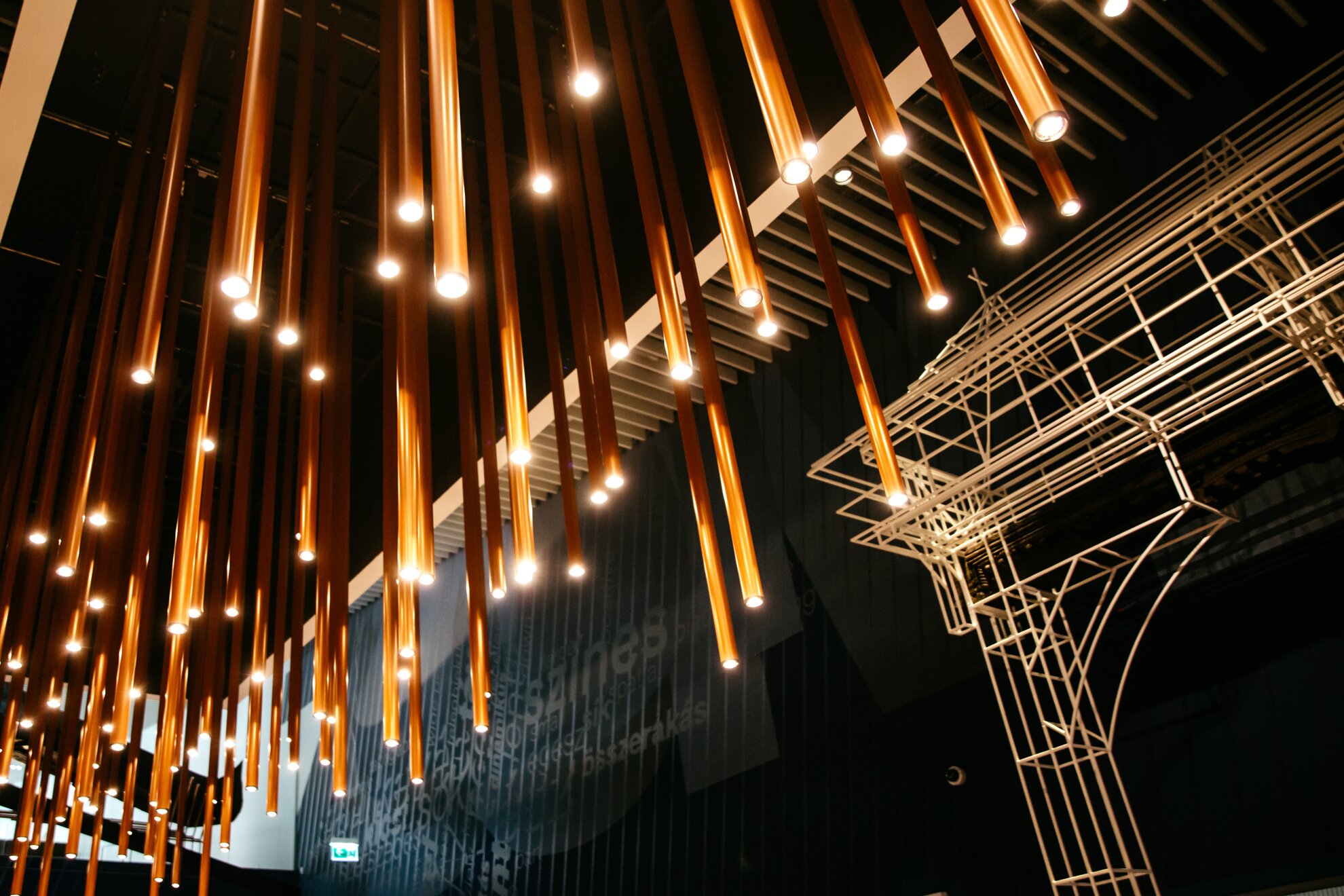
Our favourite was the part based on the positive-negative opposites, where the mould of an object, a patterning tool or the negative of a photo becomes an art object, not the end result made with it. The diversity found here will make you smile, as you can make a wide variety of things with this method, from photographs, wafers and stove tiles to animal branding marks.
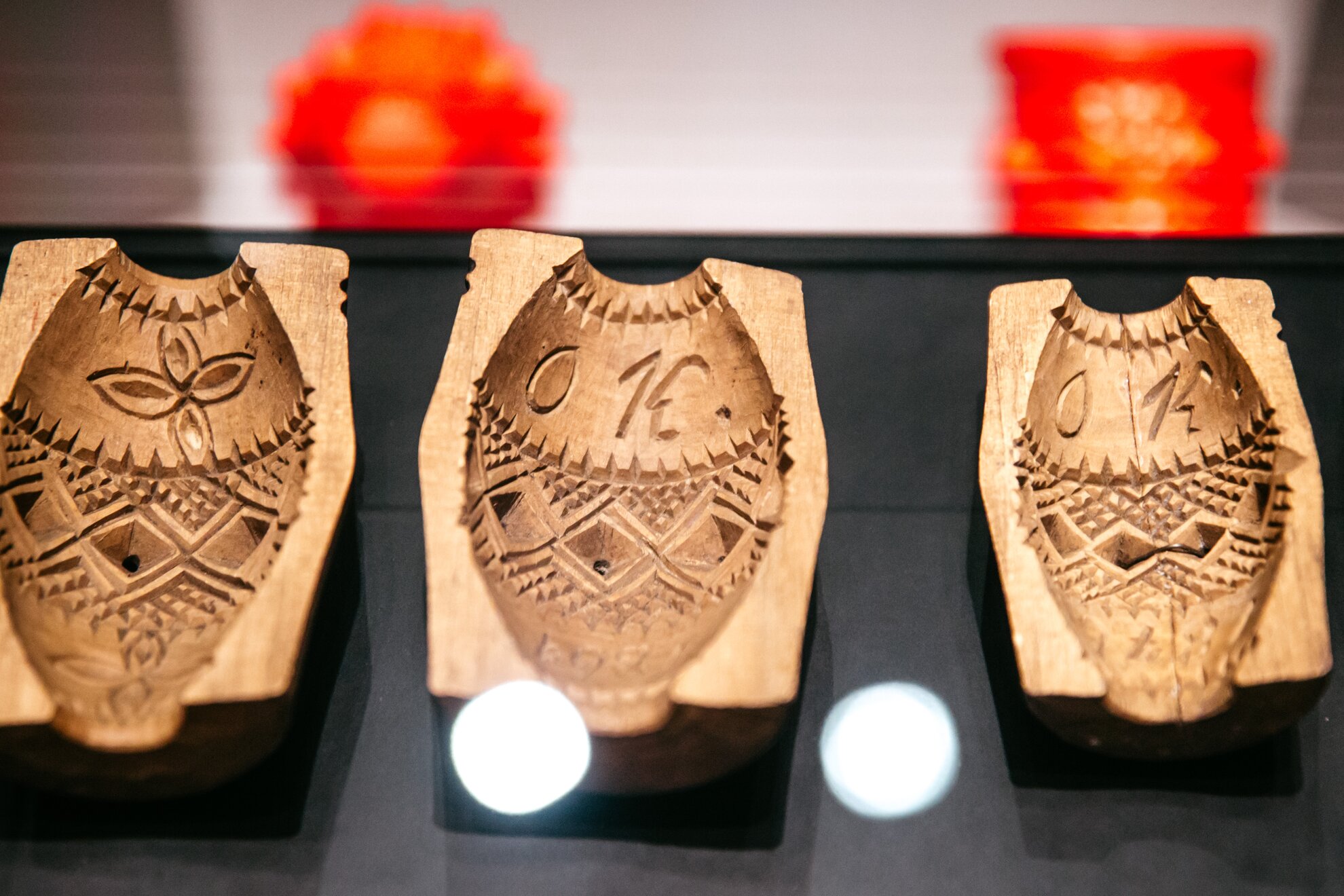
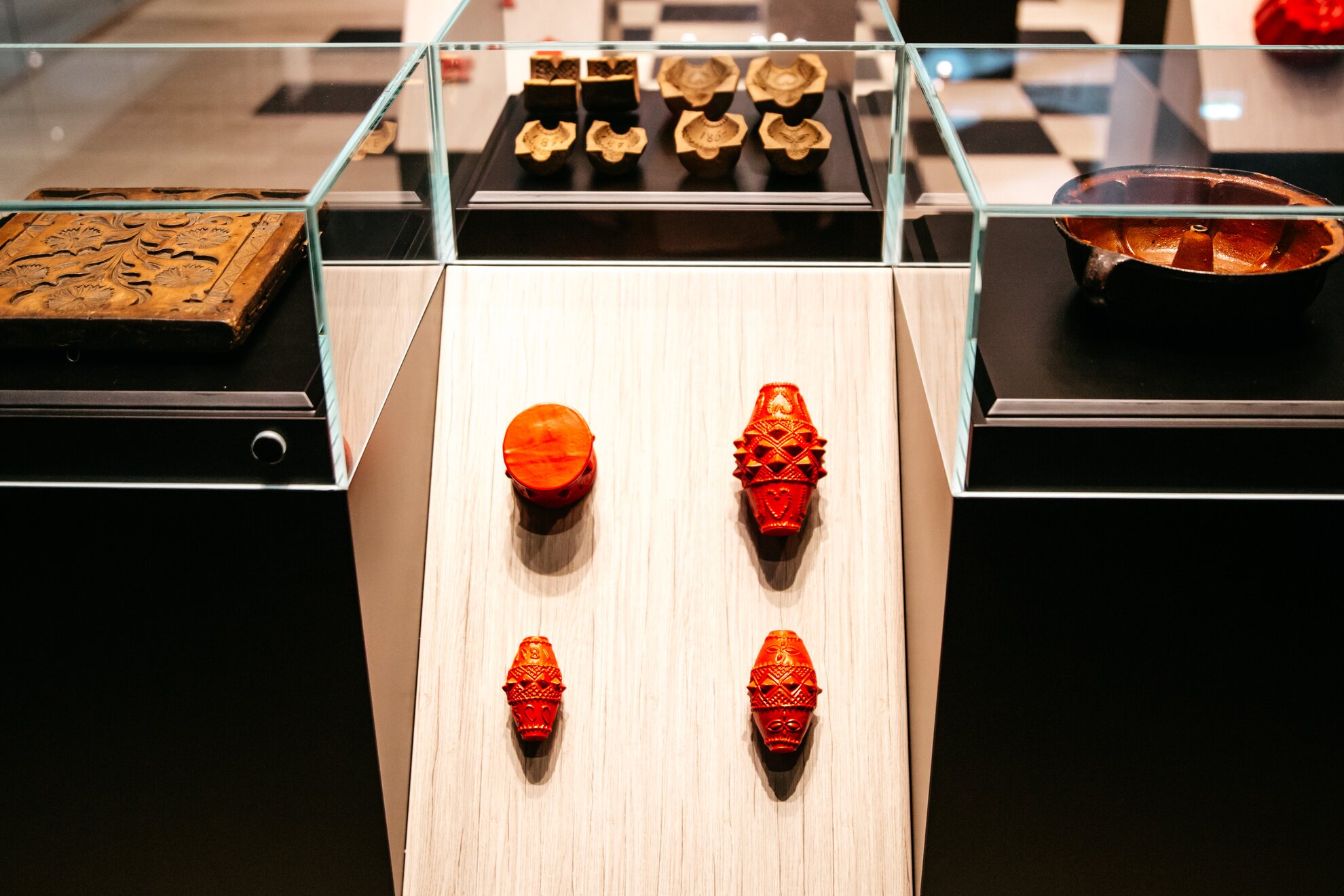
Since we arrived at the exhibition space from the entrance on Damjanich utca,
we were the last to see one of the most exciting pieces of the exhibition. In
the air, just above our heads, swung a large boat hollowed out from a trunk.
Nowadays, you rarely see trees as huge as the size needed to make such a
watercraft. The object collected by Herman Ottó was a bit of a headache when
planning the museum, as it is the longest piece in the collection, so the width
and curvature of the delivery routes were also measured for it.
In the
exhibition, you see it from below, from the perspective of a fish, but when
viewed from other areas of the museum, it seems to be floating on the water. Below
it is a scaled-down copy, a souvenir related to the Mohács Búsójárás processions of the 1960s and
1970s, which gives a last glimpse into the diversity of the collection.
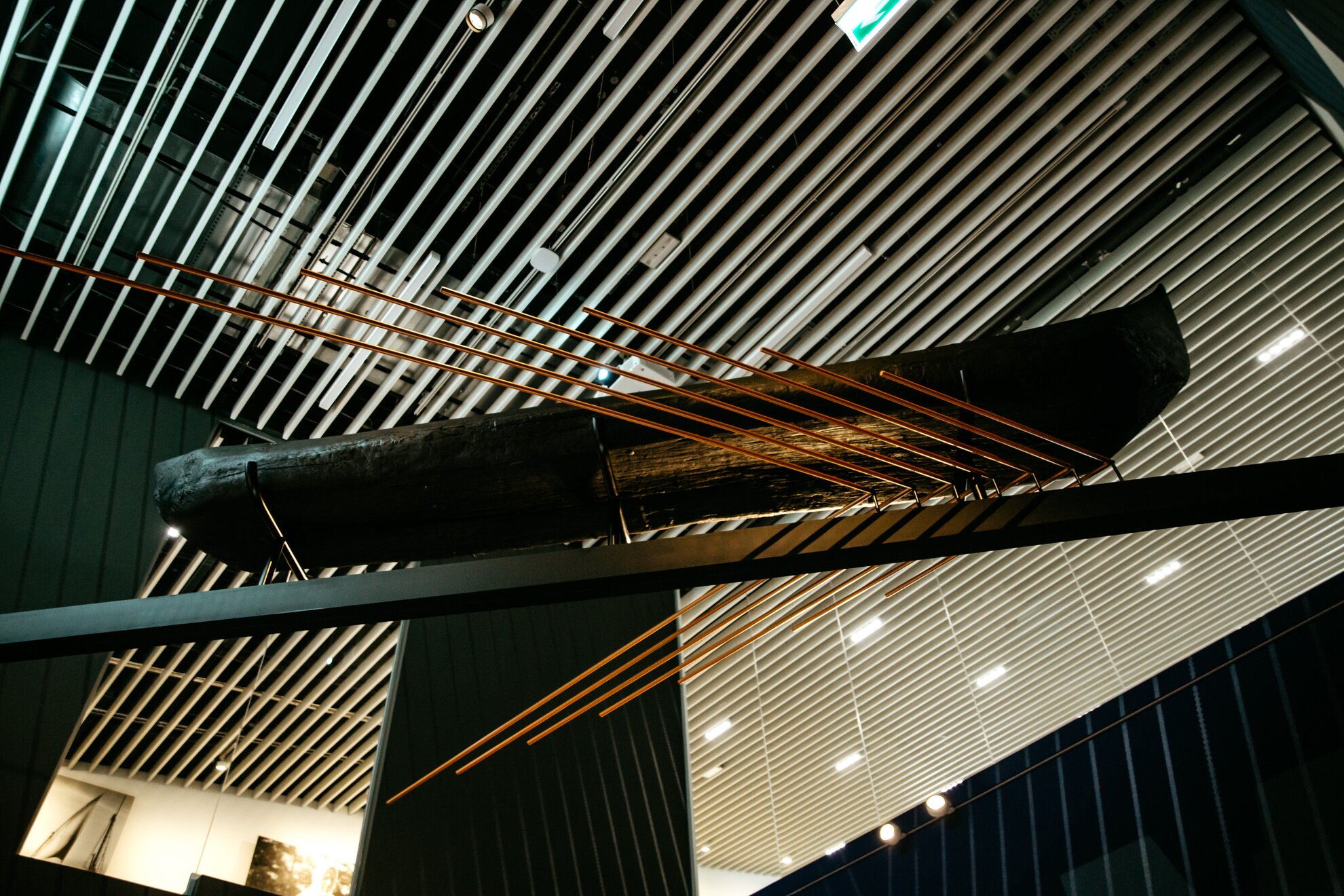
At the Museum of Ethnography, you can gain insight into how people live in different cultures through everyday objects. Human stories become visible, through which you can feel that you are not alone even in the midst of the most entertaining diversity. Wherever people live, they face similar problems: they have to eat, dress, work, and even fall in love. Maybe we are not so different as we think.
Event information
ZOOM – A Change in Perspectives
Museum of Ethnography
1146 Budapest, Dózsa György út/Ötvenhatosok tere
Open: Until 9 November. Daily 10am-7pm
